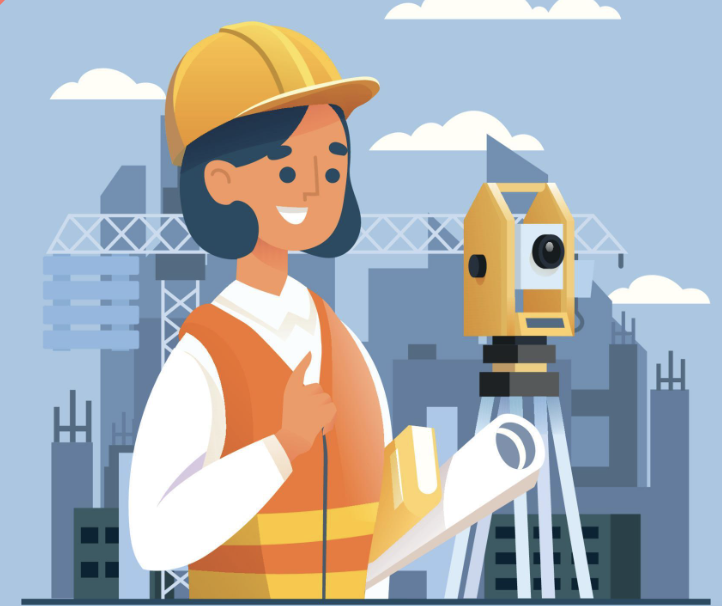Women have become active members of the workforce and their contributions to the labor market are significant. Whilst great progress is being made in most industries, there are still some industries that remain male dominated. Certain industries present more hurdles for women to overcome, such as lack of access or opportunity, possible discrimination and negative stereotypes about their abilities. One industry that still has progress to make is construction. Globally, construction remains a male dominated industry by a large margin, with only roughly 10% of the labor force being women. Despite targeted efforts, women often struggle to be included in on-site positions or leadership positions within the industry. As women are only starting to break into the industry, the procurement bias also leans towards men. Due to existing relationships, unconscious (or conscious) bias, or just industry standards, women-owned construction businesses may be less likely to be selected by buyers. There are also significantly less women-owned businesses in construction, compared to male owned. Below is some advice on incorporating gender responsive procurement in construction.
Some initiatives to overcome these problems are:
Supplier gender equality evaluation
Gender responsive procurement in the construction industry includes identifying and selecting women-owned businesses and/or gender responsive businesses. This starts with an evaluation of existing and new suppliers to find out about ownership and their commitment to gender equality (e.g gender equality policies, equal pay, diversity in workforce/leadership). With this data you can support and select suppliers that align with your organization’s gender equality goals. With a better understanding of gender equality, diversity and inclusion in your supplier base, you can set quantifiable goals towards improvement.
Supplier development
With the outcome of the supplier evaluation, your organization can develop a supplier development program that supports suppliers to enhance their gender equality performance. If your organization wants to increase its supplier diversity and break down barriers for women in the industry, it can also think about a networking/mentorship program for women entrepreneurs, or offering training programs and educational resources to build capacity (business management, strategic planning). In addition, you can start a supplier diversity program that promotes women-owned businesses in procurement processes.
Collaboration with key stakeholders
To ensure success of your efforts it is essential to collaborate with key stakeholders, like industry associations, NGOs, governmental agencies and peer companies to align efforts, share best practices and promote a collective approach to advancing gender equality in the supply chain.
For more information:
https://thediversitymovement.com/wp-content/uploads/2022/08/TDM-Construction-Industry-1-1.pdf
https://registeroftradeswomen.com/
https://www.weforum.org/agenda/2021/07/how-to-achieve-supplier-diversity-experts-explain-68df4f727b/

